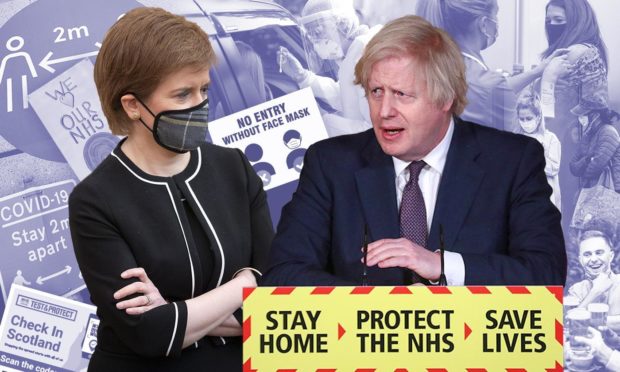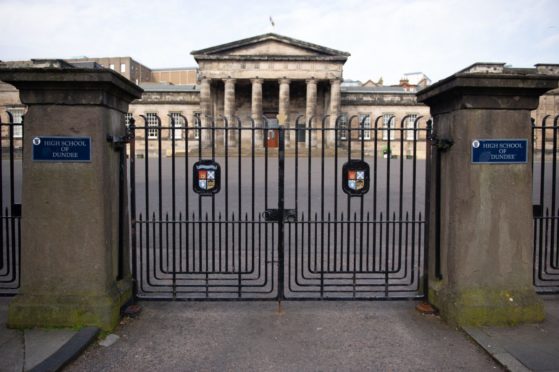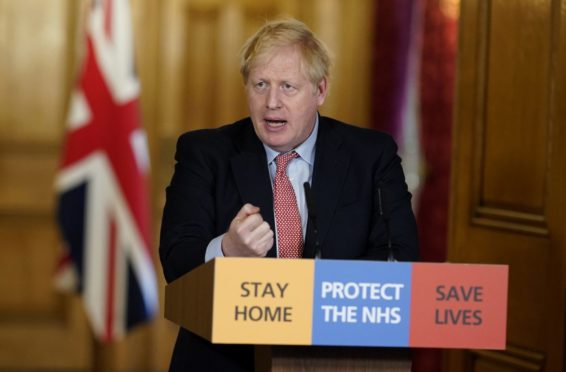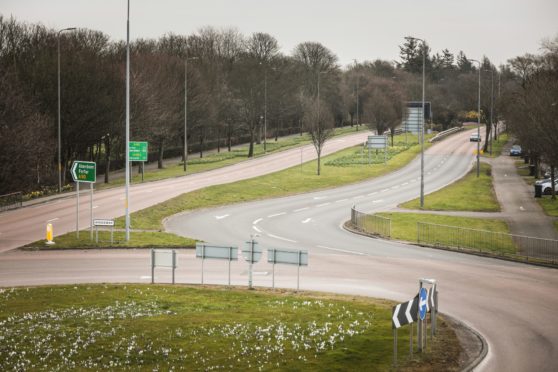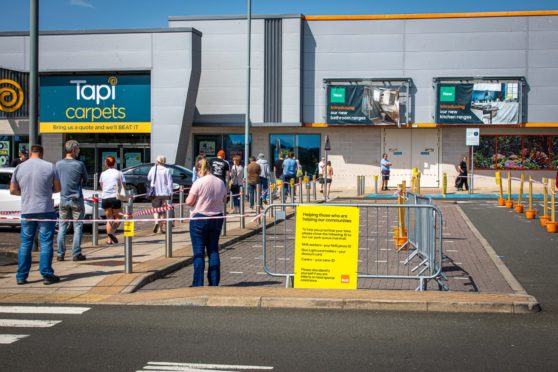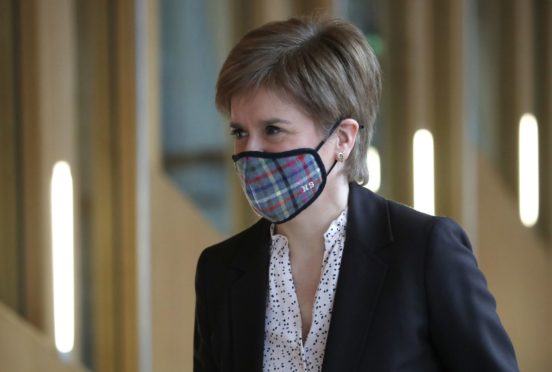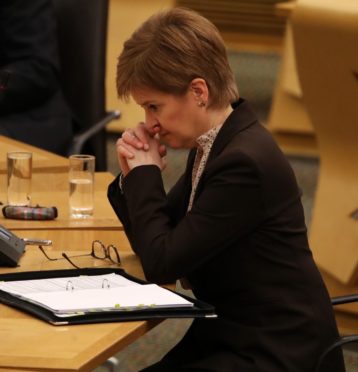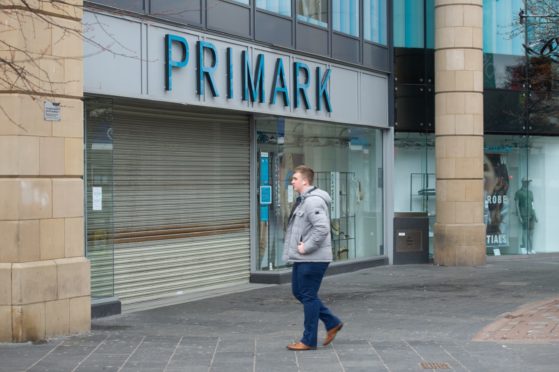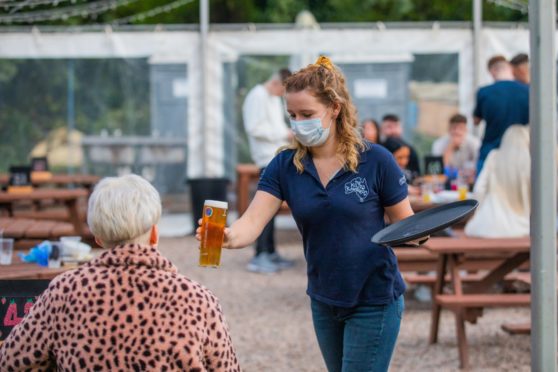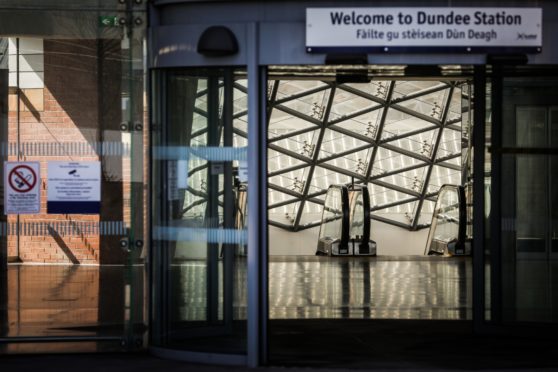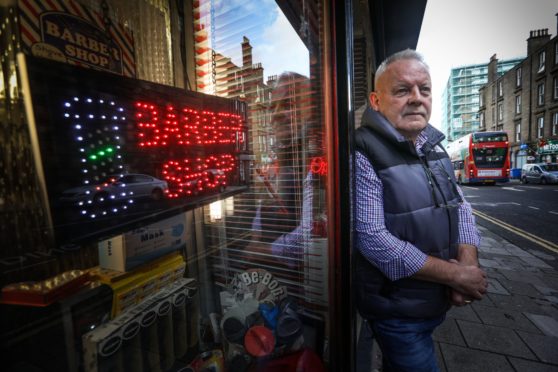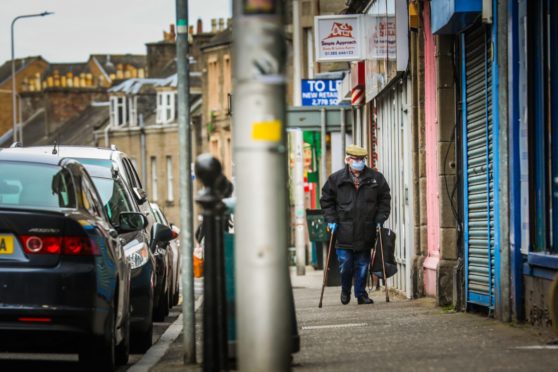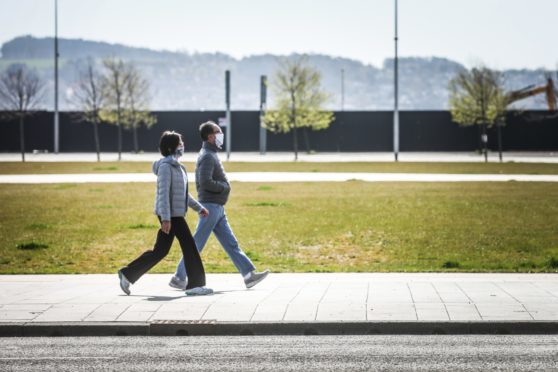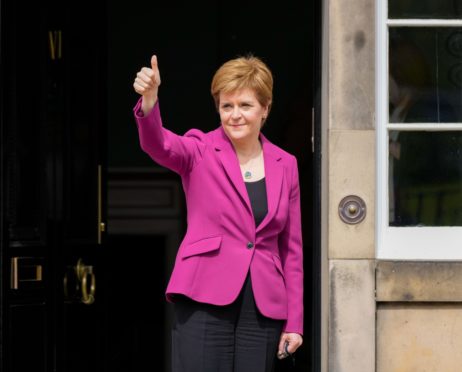Scotland’s Covid lockdown rules have now relaxed almost completely, 16 months since the first restrictions were put in place as a result of the pandemic.
People across the country have lived with significant restrictions since the initial three-week lockdown was announced on March 23 last year by Boris Johnson and Nicola Sturgeon.
Businesses were ordered to close and Scots were told to stay at home except for essential reasons.
Classrooms were emptied and even going for a walk was off-limits more than once a day.
We’ve taken a look back at how the coronavirus lockdown unfolded over the last 16 months, and how the country saw the rules change over time.
Scotland’s Covid lockdown timeline — how it started
In a speech on March 17, First Minister Nicola Sturgeon told the Scottish Parliament life as we know it would change as a result of the pandemic.
After the World Health Organisation (WHO) declared the coronavirus a pandemic on March 11, the Scottish and UK governments began to announce measures designed to delay how quickly it hit the country.
Guidance was issued to health boards across the country and Scots were strongly urged to limit their social contact as much as possible.
By March 19 the government had announced schools and nurseries would close by the end of the week.
“This has been one of the hardest decisions we have faced so far as we tackle the coronavirus,” Nicola Sturgeon said.
She explained: “We also know more and more schools are approaching a point where they have lost too many staff to continue as normal.
“At this stage I cannot promise schools and nurseries will reopen after the Easter break.”
Lockdown is announced
March 23 2020: In a televised address to the UK, Prime Minister Boris Johnson says that people should only go outside to buy food, to exercise once a day, or to go to work “if they absolutely cannot work from home”.
Nicola Sturgeon confirmed the same rules would apply in Scotland from March 24.
“Let me blunt. The stringent restrictions on our normal day-to-day lives that I’m about to set out are difficult and they are unprecedented.
“They amount effectively to what has been described as a lockdown,” she said.
Use the timeline below to see how Covid lockdown unfolded in Scotland over the summer and early autumn
Second wave
Scots saw life return to some normality with restrictions eased at various points over summer 2020 as infection rates fell.
Despite the progress, some areas saw a slight increase in cases, with local restrictions reintroduced in Aberdeen in early August.
By September 21, health experts had raised serious concerns about the second wave of infections.
The UK chief medical officers went on to say the country should move back into Phase 4 lockdown restrictions.
Local restrictions
From November a set of local lockdown rules were put in place, allowing areas to be in different restrictions based on the number of cases.
Fife, Dundee, Angus and Perth and Kinross moved between Level 3 and 4, with travel banned outwith the area.
Christmas
On November 24 the government also confirmed that restrictions would ease for a week over the Christmas period.
It was hoped this would enjoy people to allow a family Christmas, but the plans were later reduced significantly and limited to one day only.
Lockdown 2.0
On January 4, Nicola Sturgeon updated Scots and said all of mainland Scotland would enter a second lockdown.
There would also be a new legal requirement “forbidding anyone from leaving their home except for essential purposes”.
In a statement to parliament on January 16, Nicola Sturgeon said: “The situation we face in relation to the virus remains extremely serious.
“We must continue to do everything possible to reduce case numbers — this is essential to relieve the pressure on our NHS and to save lives.
At this critical and dangerous moment, please: Stay Home. Protect the NHS. Save lives.
“Both individually and collectively, these additional measures — in further reducing the interactions that allow the virus to spread — will help our essential efforts to suppress it.
Spring — vaccine hails beginning of the end of lockdown
The Stay at Home guidance introduced in January was finally relaxed in April.
Scots were told to Stay Local, and more services including hairdressers, garden centres and non-essential click and collect services were able to reopen.
All parts of the country moved from Level 4 to 3 at the end of the month, with restrictions still in place on the number of people who could meet.
What could open at Level 3?
- Cafés, pubs and restaurants could provide full outdoor service and serve food indoors without alcohol until 8pm
- All shops and close contact services including hairdressers, barbers and beauty salons
- Gyms and swimming pools
- Tourist accommodation
Tayside and Fife move to Level 2
From May 14, most of Scotland, excluding Moray and Glasgow, was able to move to Level 2.
The number of people and households that can meet inside homes in Level 2 was increased to six people from three households.
Other restrictions on social gatherings also changed, and hospitality was able to open for longer.
On June 5 most of Tayside and Fife were able to move to Level 1 restrictions except Dundee.
The end of lockdown
Level 0 was announced across Scotland from July 9, allowing businesses to operate with few restrictions.
Social distancing was still mandatory, and face coverings were also to be worn in shops and public places.
Beyond Level 0
On August 3, Nicola Sturgeon announced Scotland was to move beyond Level 0 on August 9.
The move would end the legal requirement for physical distancing and limits on gatherings.
Some protective measures will stay in place such as the use of face coverings indoors and the collection of contact details as part of Test and Protect.
